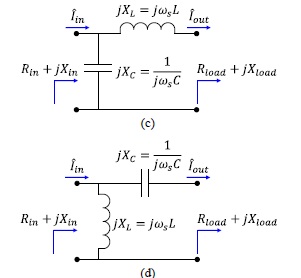- ALL COMPUTER, ELECTRONICS AND MECHANICAL COURSES AVAILABLE…. PROJECT GUIDANCE SINCE 2004. FOR FURTHER DETAILS CALL 9443117328


Projects > ELECTRICAL > 2017 > IEEE > POWER ELECTRONICS
Multistage matching networks are often utilized to provide voltage or current gains in resonant conversion applications, such as large conversion ratio power converters and wireless power transfer. In the conventional approach, each stage of a multistage matching network is designed to have a purely resistive input impedance and assumed to be loaded by a purely resistive load. This paper introduces an improved design optimization approach for multistage matching networks comprising L-section stages. The proposed design optimization approach explores the possibility of improvement in efficiency of the network by allowing the L-section stages to have complex input and load impedances. A new analytical framework is developed to determine the effective transformation ratio and efficiency of each stage for the case when input and load impedances may be complex. The method of Lagrange multipliers is used to determine the gain and impedance characteristics of each stage in the matching network that maximize overall efficiency.
SEPIC Converter
This paper introduces a new analytical framework for optimization of high-efficiency matching networks. This framework relaxes the resistive constraint on the input and load impedances of the stages of a multistage matching network and allows them to be complex. Based on this framework, the design of multistage matching networks is optimized using the method of Lagrange multipliers. This design optimization approach predicts the optimum distribution of gains and impedance characteristics among the stages of a multistage matching network. The efficiency of matching networks designed using the proposed approach is compared with the conventional design approach and it is shown that significant efficiency improvements are possible. An approach to multistage matching network design that also considers relaxing the resistive constraint for efficiency improvement was independently developed and published at the same time. However, the optimization approach is purely numerical and does not provide the same level of insight as the work presented here. Furthermore, the analytical optimization approach here is insensitive to the robustness of numerical algorithms, and is computationally more efficient.
Four different types of L-section stages

